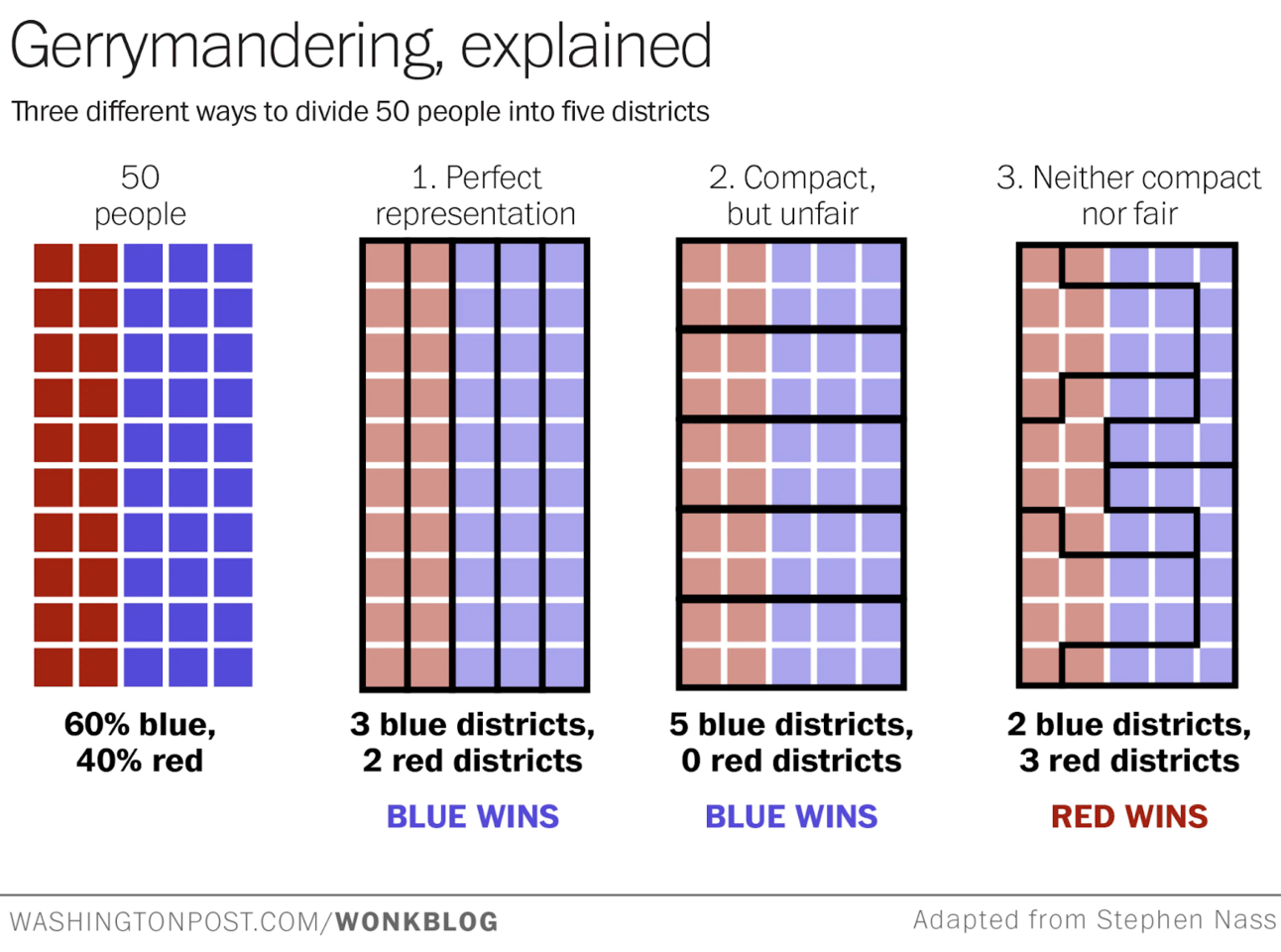Welcome to the 67th Pari Passu newsletter.
Last week, we learn about Certa, one of the most exciting and influential restructurings of the European Markets, this week we are learning more about the concept of gerrymandering applied to the world of restructuring. This was one of the most appreciated posts of the year. I recommend you check it out before it goes behind paywall.
Today, we are learning about a topic you may have heard in the political context, 'gerrymandering‘. A similar concept has arisen in restructuring, denoted as 'class gerrymandering.' To obtain confirmation of a plan, it generally requires the consent of all the impaired classes of creditors. However, an exception was carved out in section 1129(b) of the bankruptcy code, where a debtor could 'cramdown' a dissenting creditor class as long as one class agrees. This can be difficult to obtain as the creditor might hold a blocking position. In order to prevent this blocking creditor from vetoing the plan, debtors can separate these classes (gerrymandering), thus removing the blocking provision. Below, we will explore this concept in great detail (and in more comprehensible English) and understand the various cases that have set a precedent for class gerrymandering in bankruptcy courts.
What is Gerrymandering?
Before we analyze class gerrymandering, it is important to understand gerrymandering, and the best way to do so is by looking at the political context.
Partisan gerrymandering is the process where the political party with the majority of voters manipulates electoral district boundaries to gain an advantage in elections. This technique is strategically employed to either concentrate the opposing party's voters into a few districts (a tactic known as "packing") or to spread them thinly across multiple districts (known as "cracking"), both aimed at diluting their voting strength. This manipulation can lead to disproportionate representation in legislative bodies, where the election outcomes do not accurately reflect the political leanings of the overall electorate [1].
The example below effectively describes the three broad categories representing the outcomes of partisan gerrymandering. In one case, gerrymandering has no effect, and the party is properly represented in the groups they should represent. Next, we can see the effect of 'cracking,' where the minority party is spread so thinly across that their voting power is zero. Gerrymandering goes both ways, however, and we can see in example three that it results in neither a fair nor accurate representation of a district.

The Washington Post [2]
As you can imagine, partisan gerrymandering is a subject of significant controversy, as it undermines the principles of fair and competitive election processes that have existed for centuries. It results in e competition and affects the balance of political power.
Connection to Chapter 11 Bankruptcy
Subscribe to Pari Passu Premium to read the rest.
Become a paying subscriber of Pari Passu Premium to get access to this post and other subscriber-only content.
UpgradeA subscription gets you:
- Get Full Access to Over 150,000 Words of Content
- Institutional Level Coverage of Restructuring Deals

